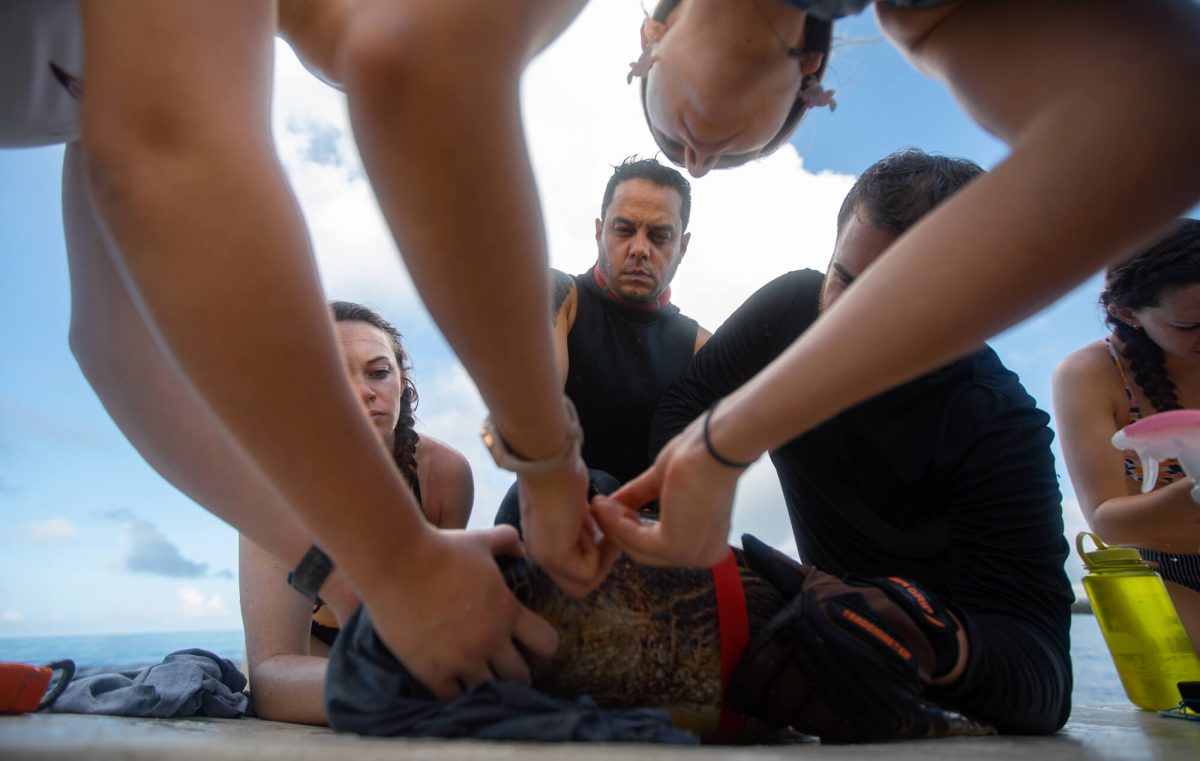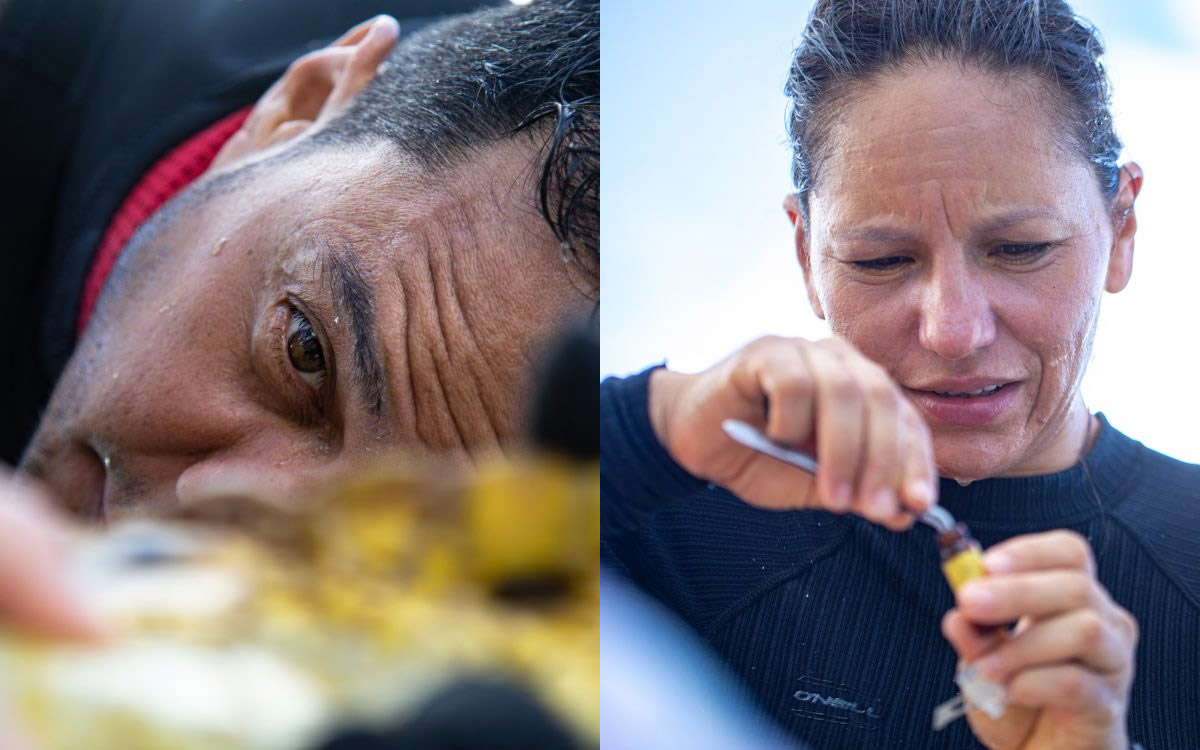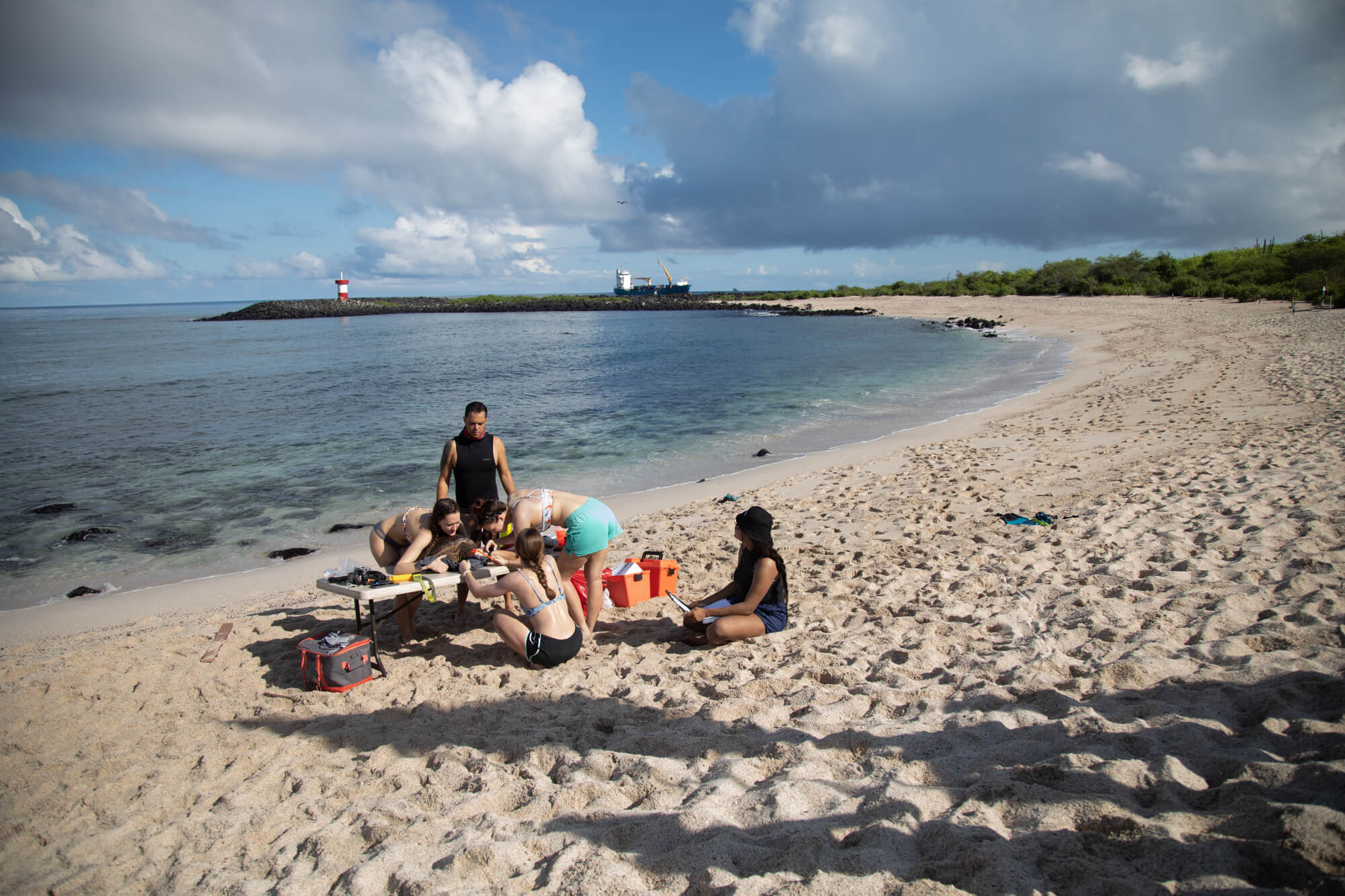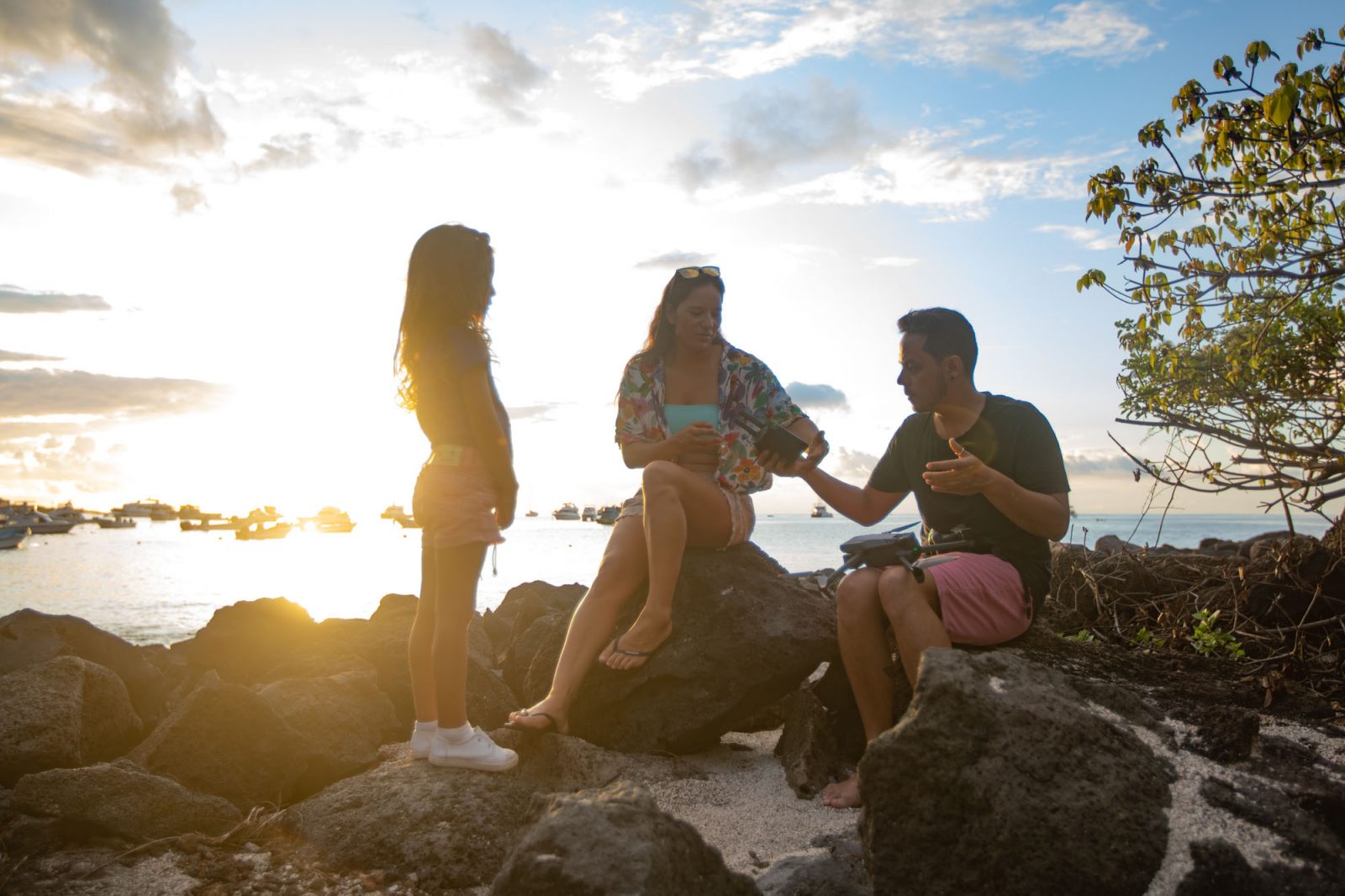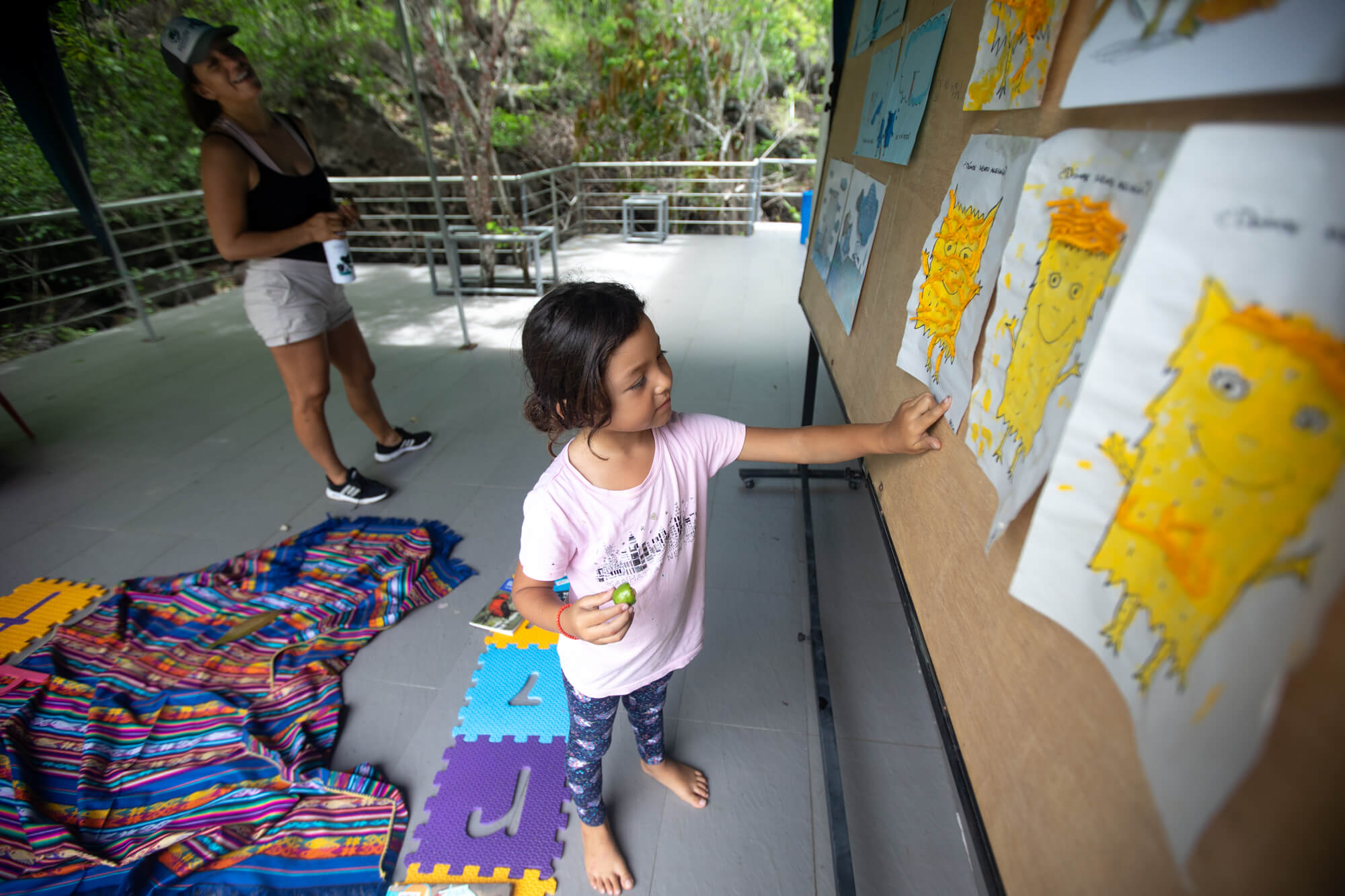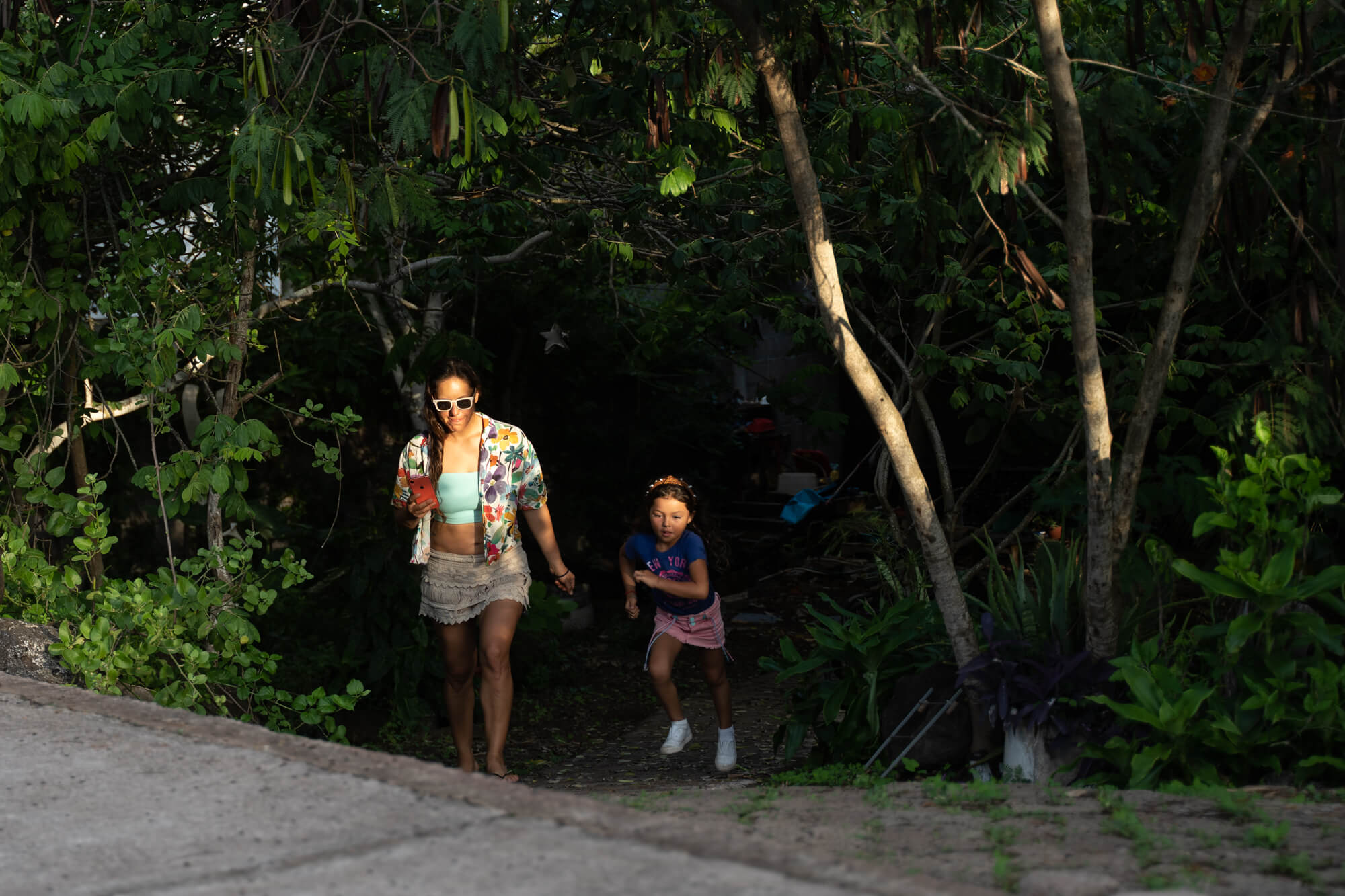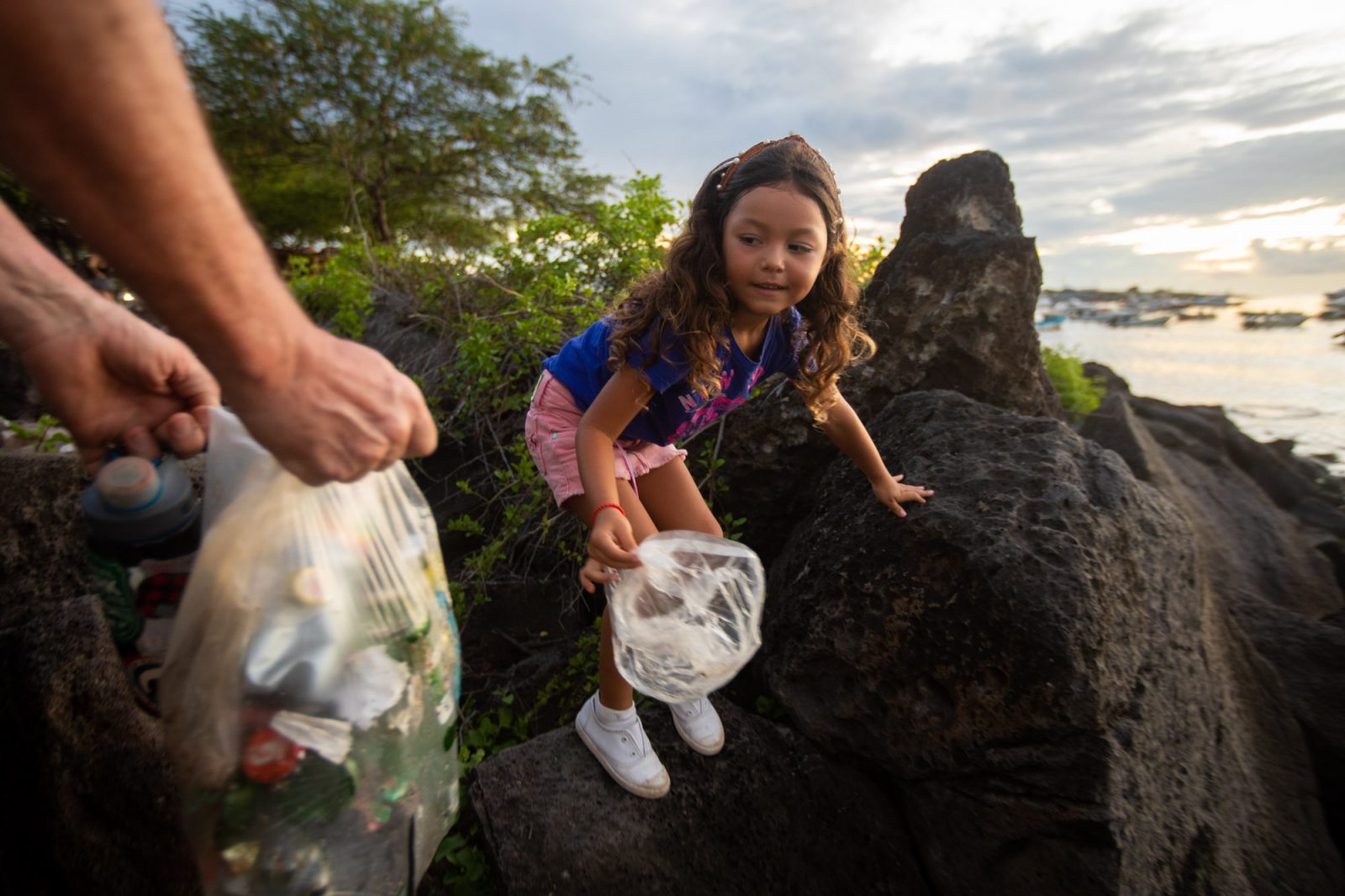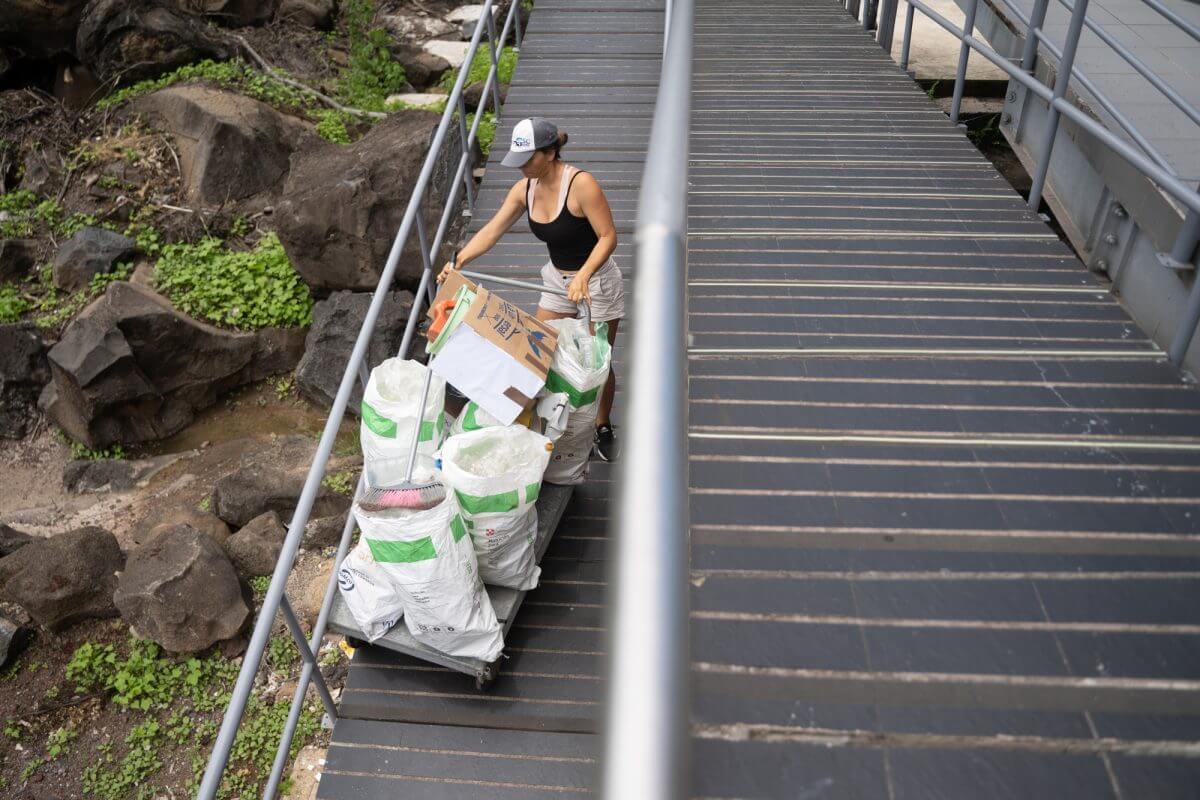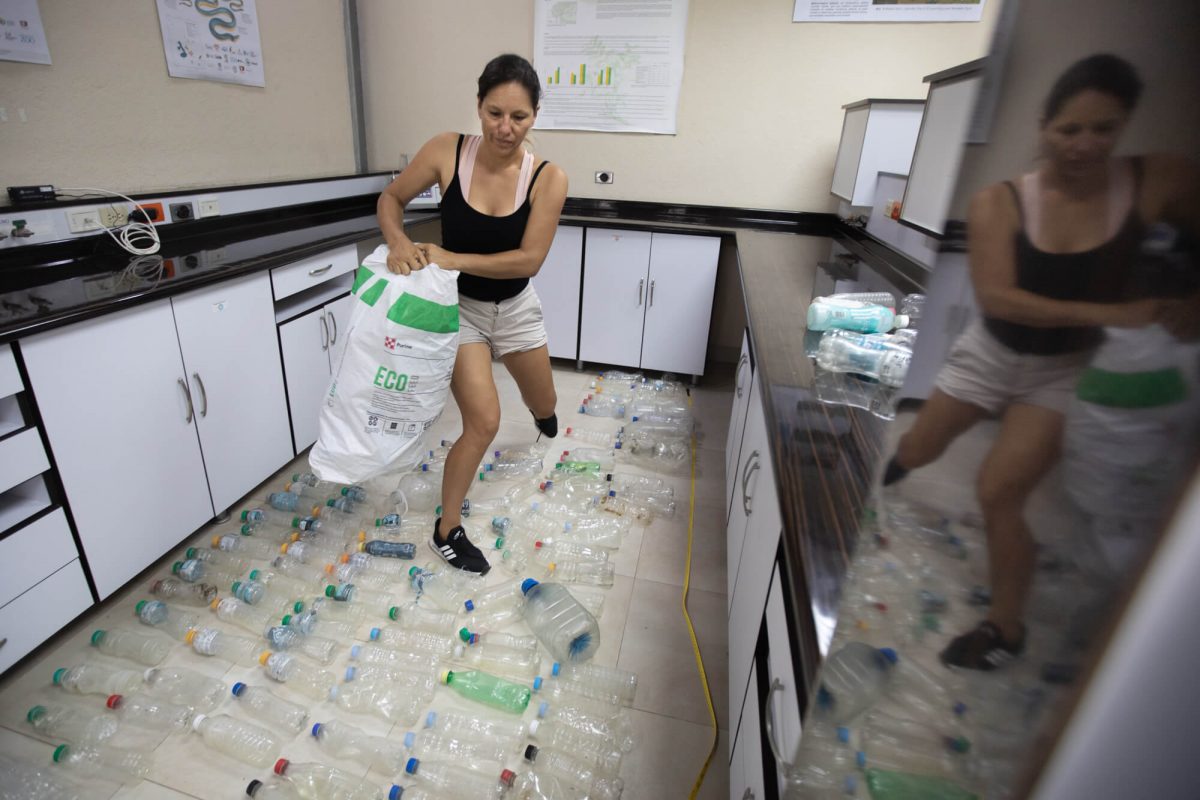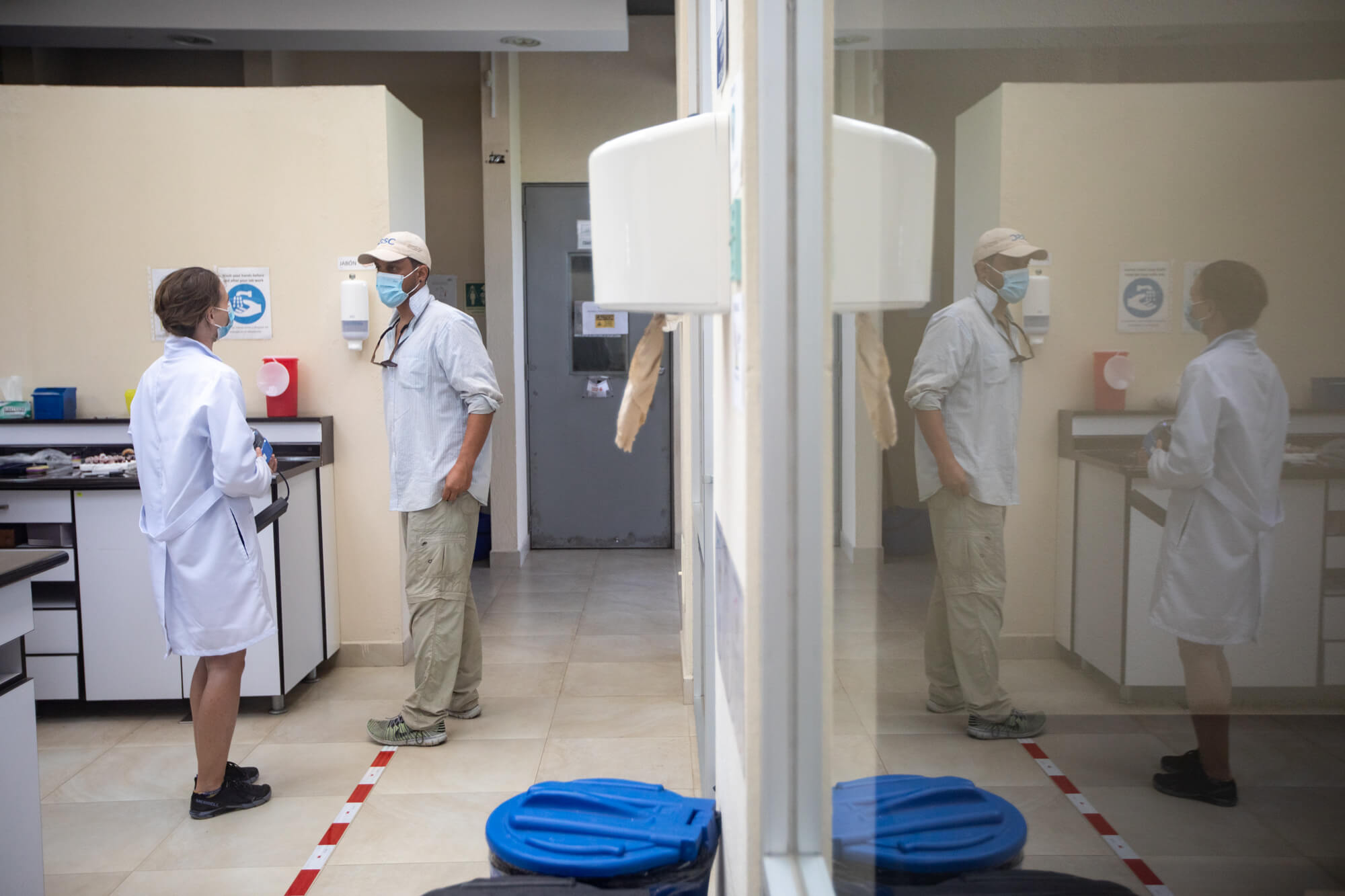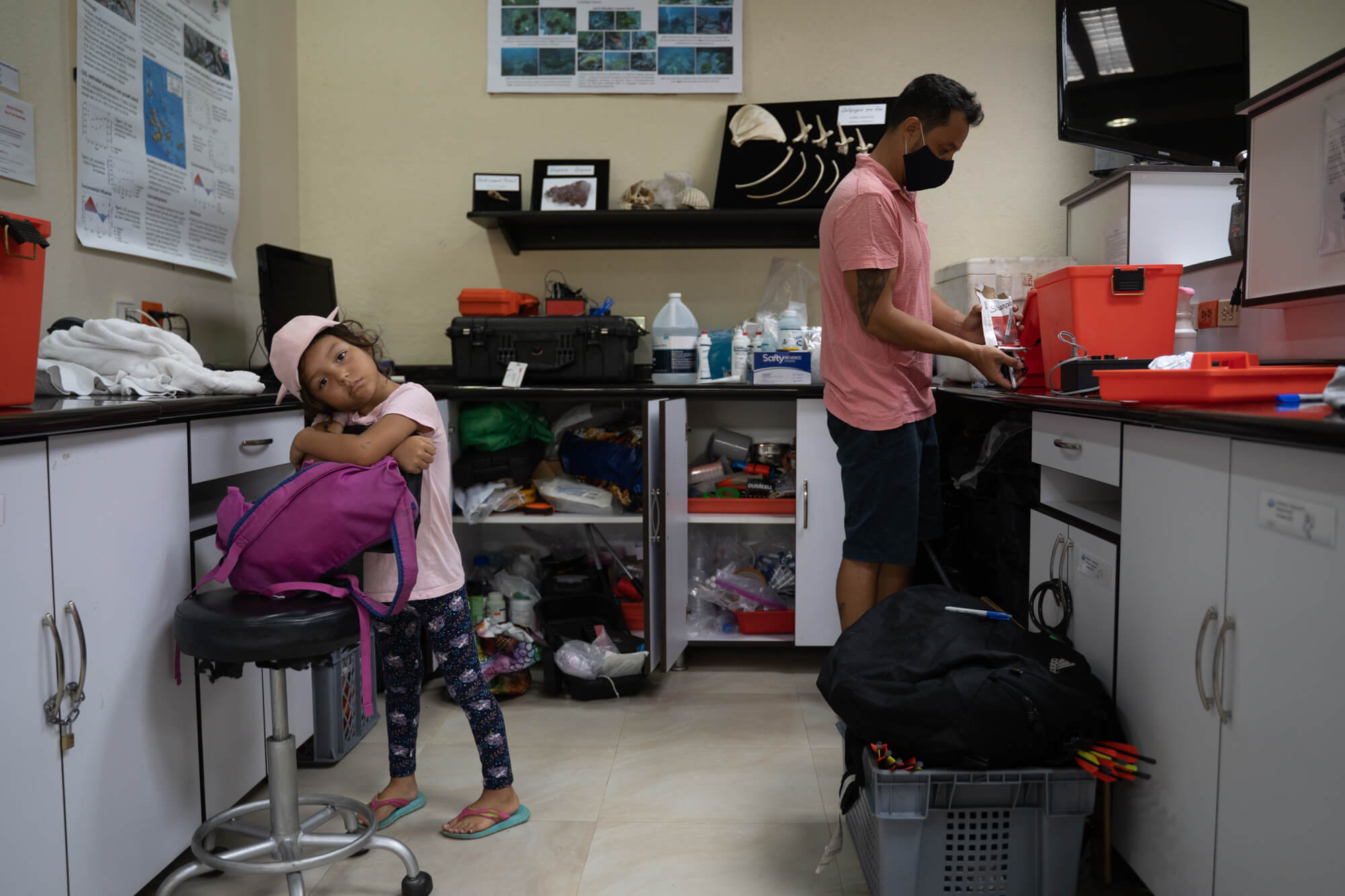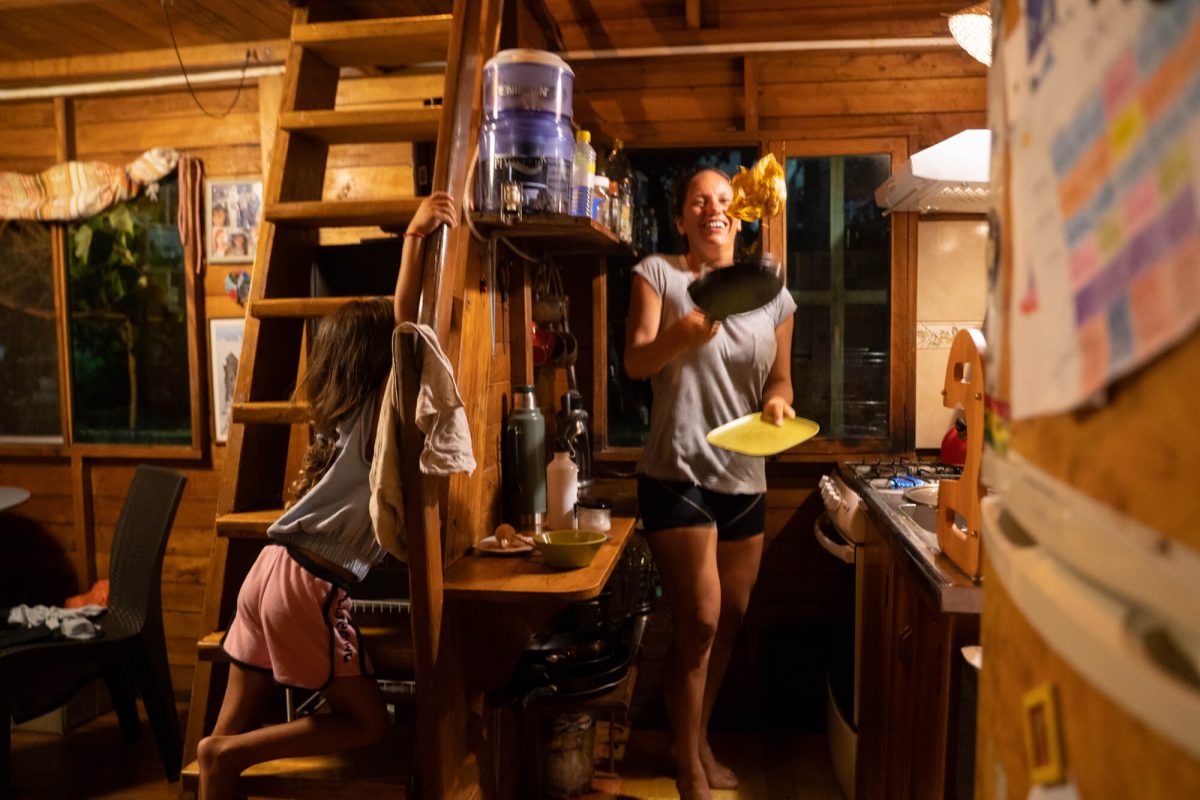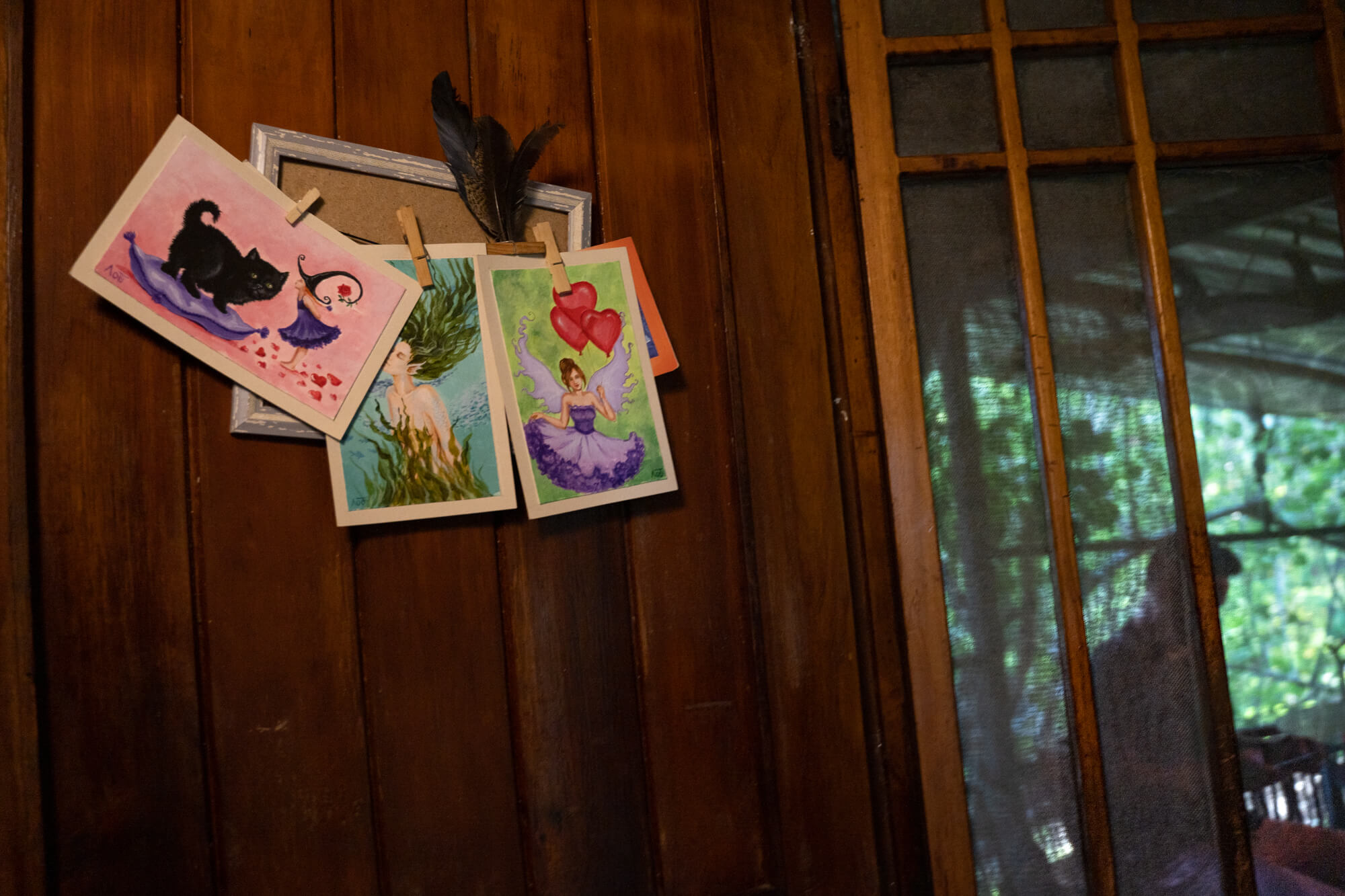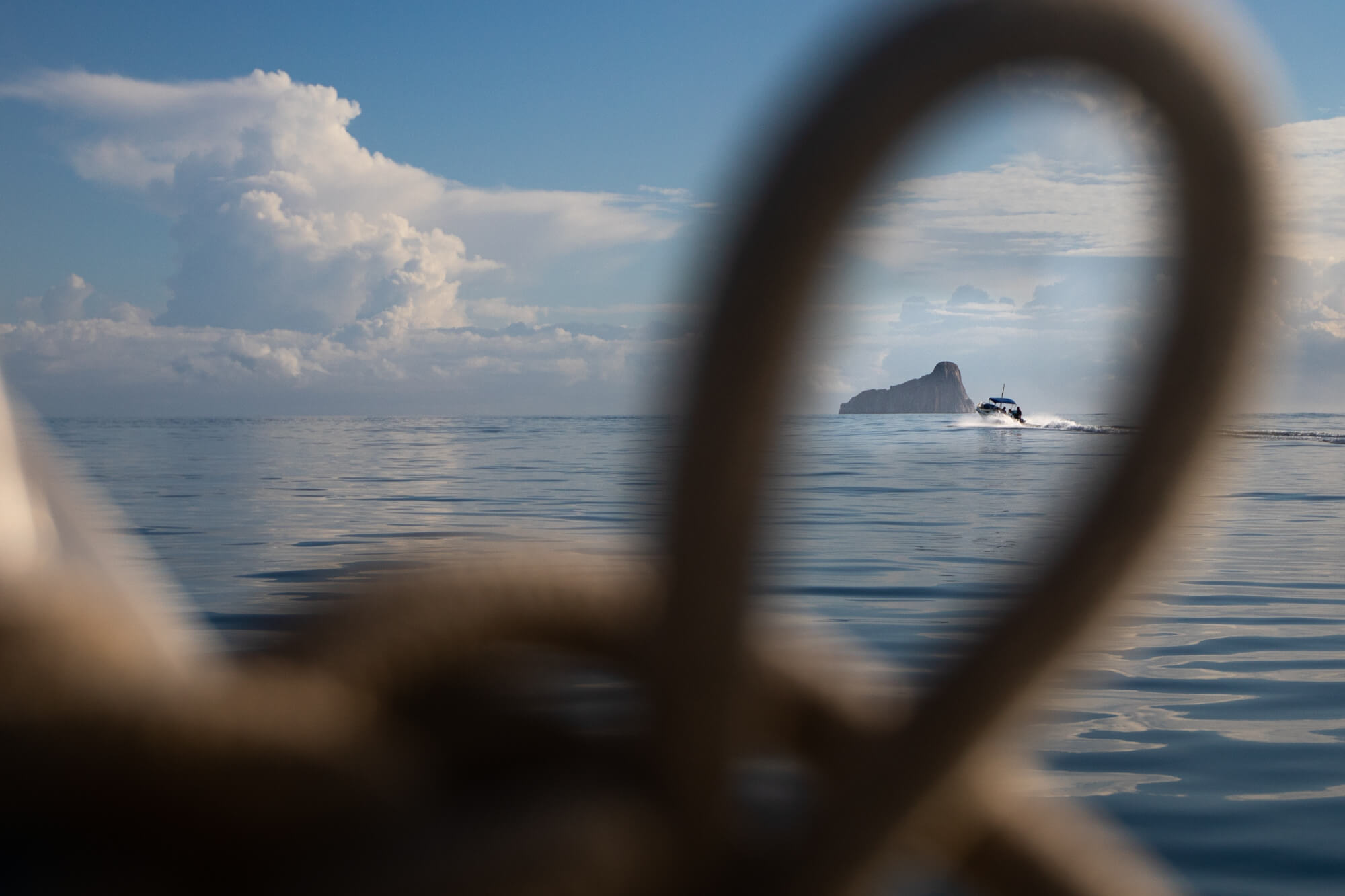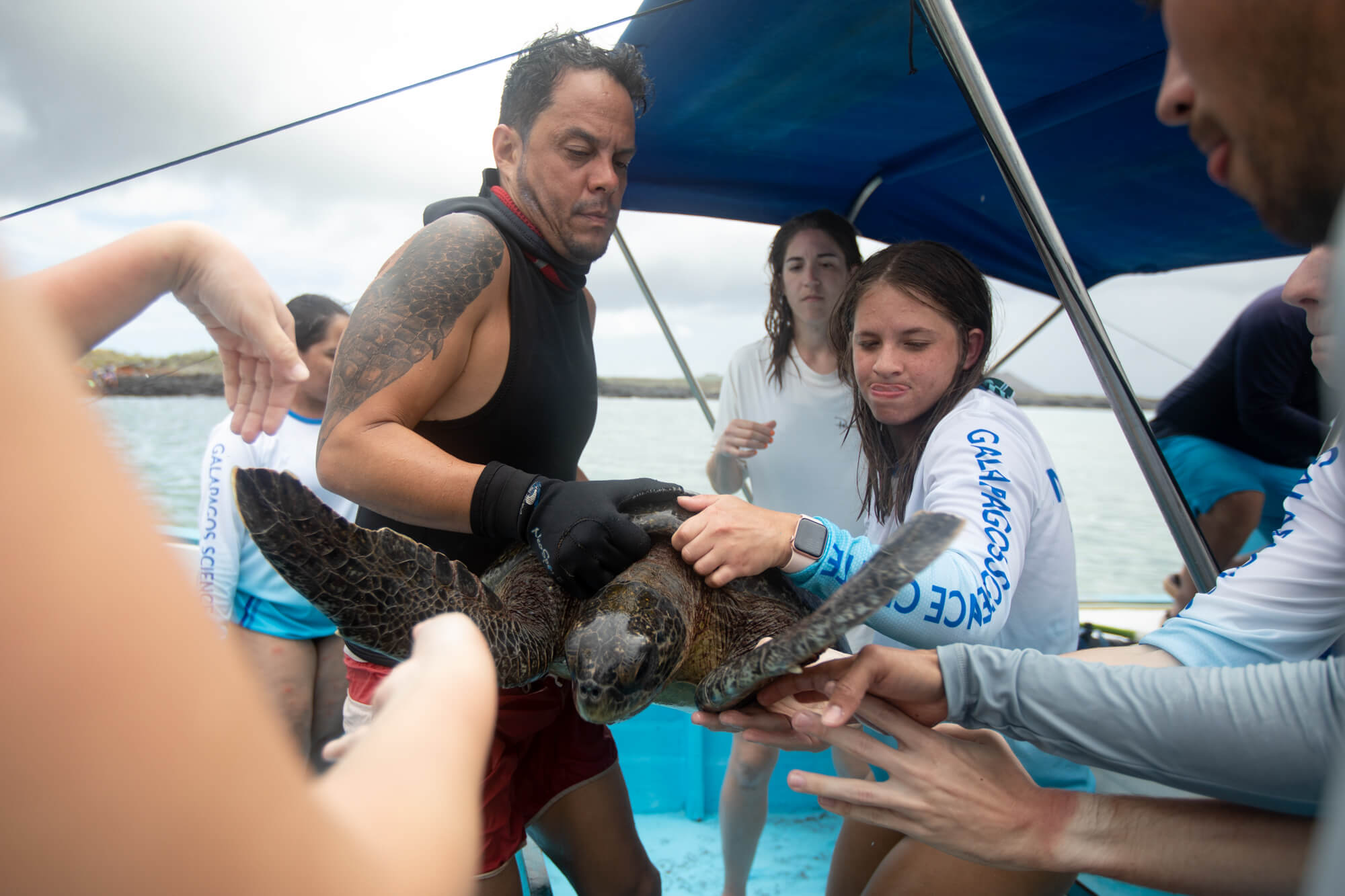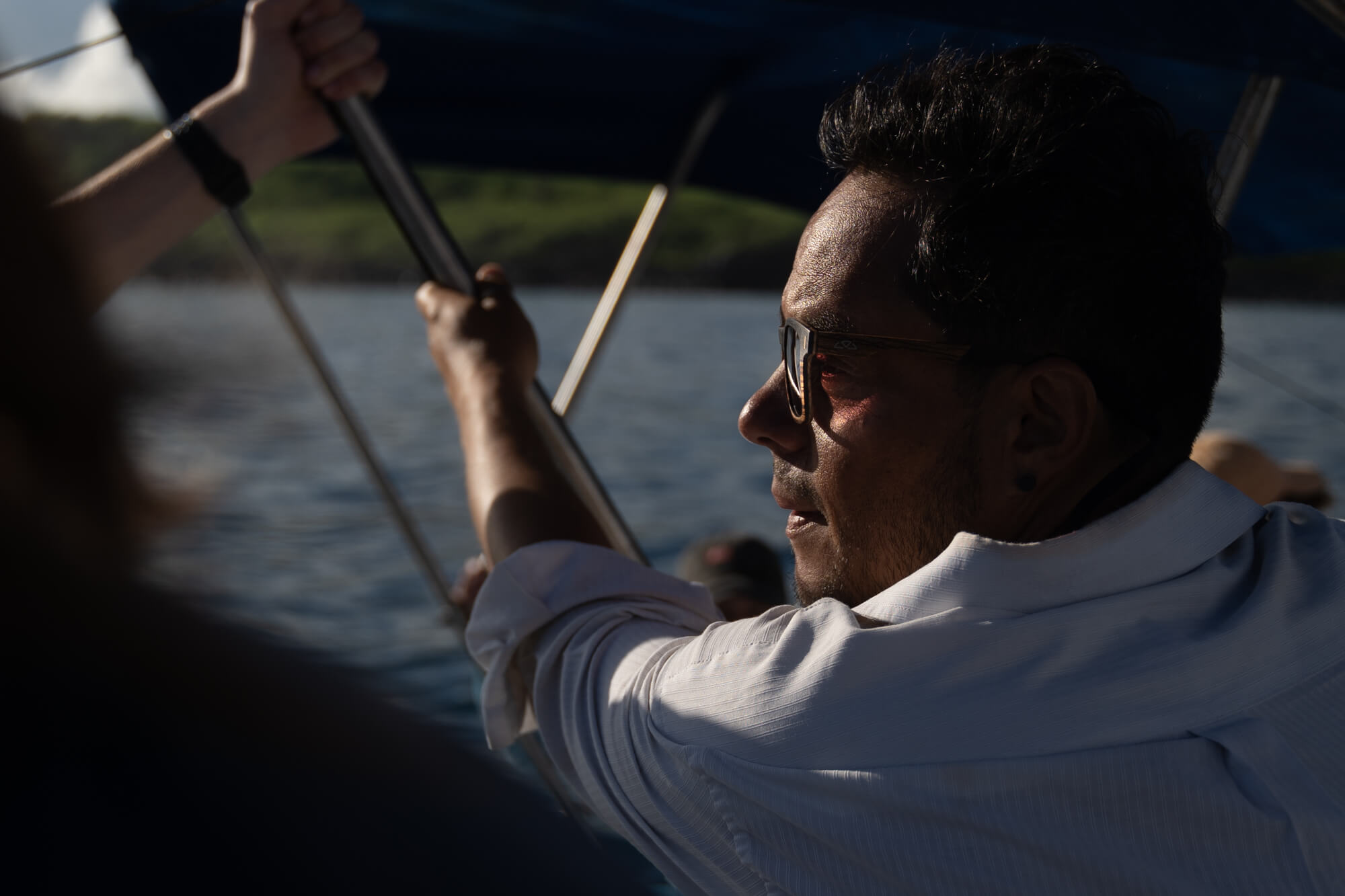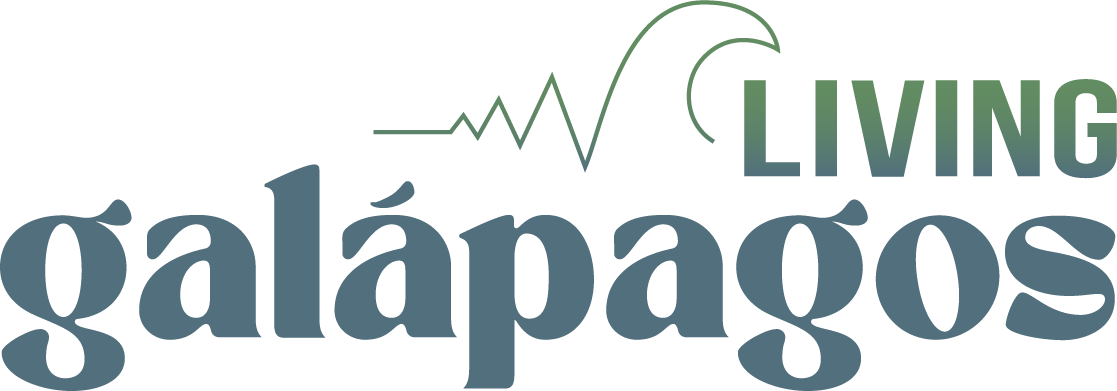Leaving a Legacy
By Angelina Katsanis
The marine life of the Galápagos islands are under constant threat; threat by human captures, threat by invasive species, threat by microplastics and pollution. This late into the climate crisis, it is up to the next generation to learn from the previous generations’ mistakes and fix the problems left in the wake of decades of plastic abuse and environmental destruction on the marine animals of the Galápagos.
Juan Pablo Muñoz and Daniela Alarcón are two married marine biologists on San Cristóbal island committed to just that. Much of their research involves on-the-ground health assessments of animals, including tagging turtles, testing for micro plastics in blood samples, and tracking previously-tagged turtles.
And students are always involved in this work.
“I love working with the students,” Juan Pablo said. “This is the entire world’s problem, and the more young people to see with their own eyes the problems here, the better chance we have of fixing them.” Through their own work and the knowledge they pass on to students and their 5-year old daughter Brisa, they work every day to make both the Galápagos and the greater Earth a more sustainable home for the future of animals and humans alike.
The team works on taking measurements after Juan Pablo has stepped back. This is their fifth turtle of the day and he is hoping they have learned enough to carry out the experiments on their own.
Daniela and Brisa emerge from the arbor of trees that shelter their home. Being ecologists and environmentalists, the couple wanted to live in and rebuild a sustainable home that respects the land rather than takes from it.
After a long day in the field chasing turtles, the day is still not over. Juan Pablo instructs a student on what to do next with the blood samples they collected.
One of the two research boats headed to Puerto Tablas for another field day on March 15, 2022.

